Pub memorabilia and advertising signs from bygone eras is a niche area of the auction scene that Cavan antiques house Victor Mee has been a long time specialist of. Sought after by bars creating a nostalgic atmosphere and collectors of such ephemera, branded mirrors, jugs, enamel signs and ornaments can also add an element of quirky design to kitchens, conservatories, courtyards and games rooms in private homes.
Long before the arrival of mass media, companies drew attention to their products with clever slogans and brightly coloured illustrations. Older signs focused more on the images while the art of sign painting evolved in the early 1900s to include text – slogans, prices and brand names.
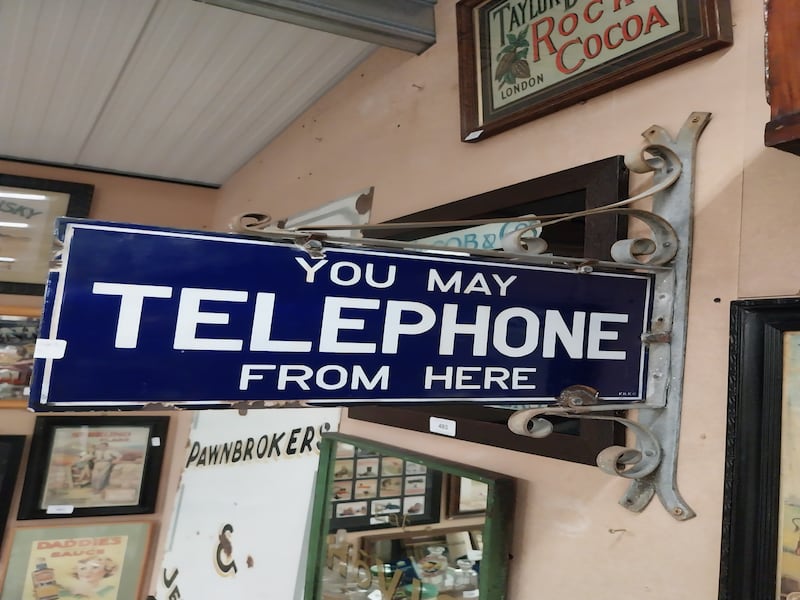
“Companies engaged in fierce competition to entice consumers with extravagant, loud and detailed signage bearing logos, cartoons ... exuding positivity and confidence,” says an expert from Victor Mee.
The key to choosing a good antique sign is to consider its age (the older the better), its rarity, the graphics and the condition of the sign (the less rust the better, even though a bit of rust gives the item an authentic look).
‘Grace’ final report finds evidence of serious neglect but not sexual or emotional abuse
Neuropsychologist Ian Robertson: McIlroy’s reaction to double bogey was one of the strangest things at the Masters
US to demand EU pulls away from China in return for cutting tariffs
There’s a psychosexual dimension to Trump’s tariffs. You don’t have to be Freud to see it
Pre-second World War signs are particularly rare, as the demand for scrap metal for tanks and warships meant everything from fences to pots and pans and advertising signs was donated for the war effort. In the years after the war, metal signs were replaced by cheaper materials.
There are also some fine examples of whiskey distillery mirrors in the upcoming auction on September 17th and 18th, according to Victor Mee: “We are selling items from pubs which are closing down and collectors who have passed on. Most of the buyers will be publicans looking to buy good quality items and collectors.”
Guinness memorabilia features strongly in this auction, as collectors seek to recoup their investments, following publicity around the David Hughes Guinness memorabilia sale held at Victor Mee auction rooms in June.
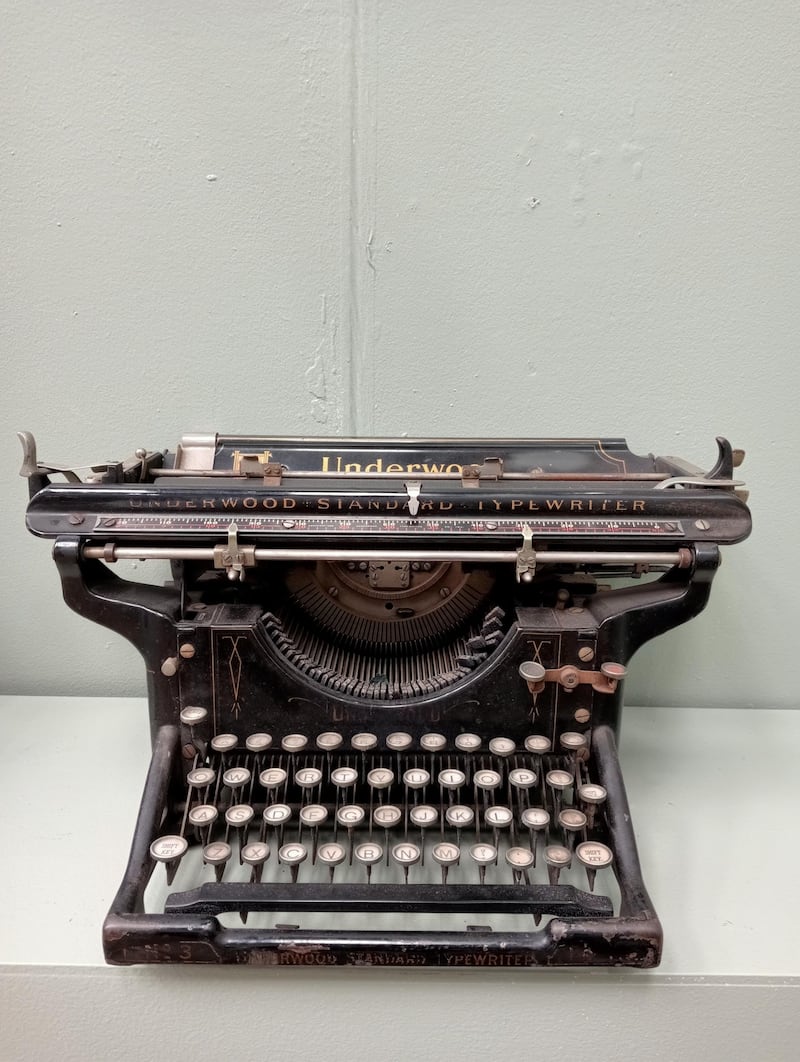
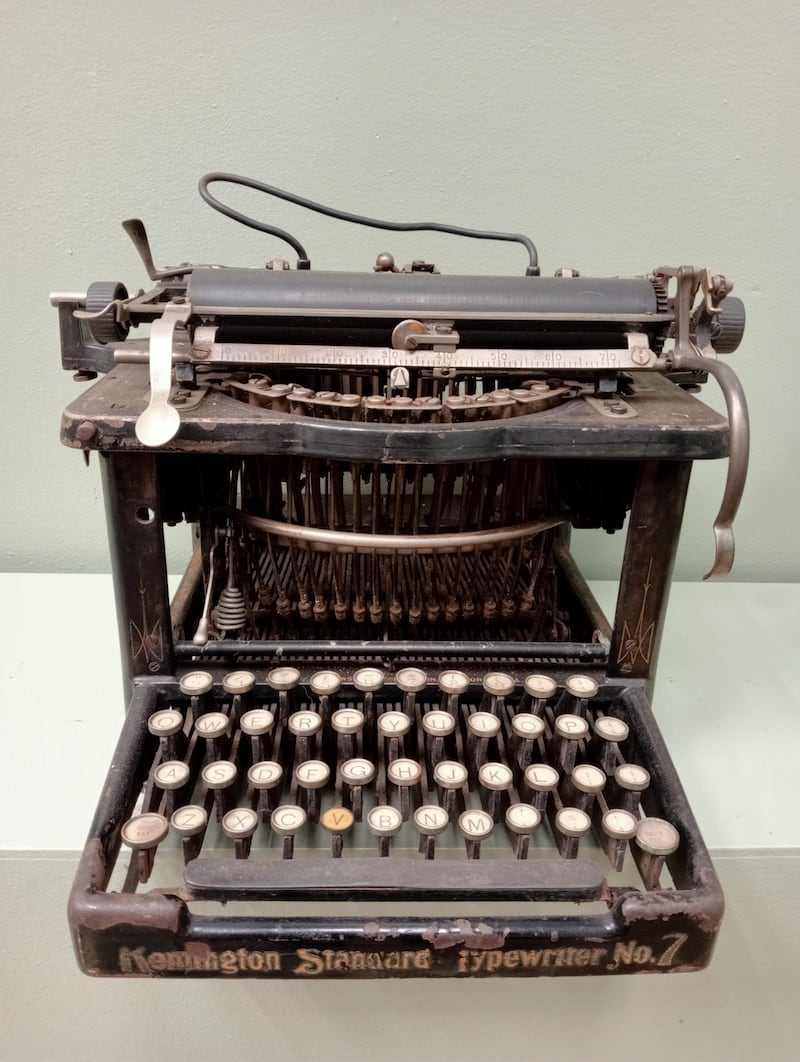
“The variety of merchandise and advertising made over the different eras makes hunting for rarities an exciting game,” says Victor Mee.
The auction house highlights a framed Jacob and Co’s original showcard in its original stamped frame as one such rarity (estimate: €350-€550). These small advertisements were usually placed in the windows of shops or near displays through the 18th and 19th centuries to attract customers to the product.
Display cabinets also feature strongly. For example, a rare 19th century Cadbury’s chocolate mahogany and glass floor display cabinet has an estimate of €3,000-€5,000, while a dispensing department mahogany mirrored wall cabinet has an estimate of €1,000-€1,500.

A framed collection of John Player and Sons Irish placename original cigarette cards illustrated by Irish artist Jack B Yeats in 1927 (€400-€800), is an example of shrewd advertising from the past. Although the original purpose of cigarette cards was to protect the cigarettes from damage, tobacco companies quickly realised that they were collectable and started producing picture cards for smokers to collect to encourage brand loyalty.
Needless to say, such practices wouldn’t be allowed nowadays when plain packaging emblazoned with graphic warnings of how tobacco damages your health has superseded such alluring pictorial graphics.
Writers nostalgic for the mechanical clicking sounds of typewriting might be interested in either the Underwood or Remington typewriters (each with an estimate of €50-€100), while the You May Telephone Here enamel double-sided hanging sign (€500-€800) will surely bring a smile to faces of drinkers if purchased by a bar owner in this age of ubiquitous devices, pulling people away from the convivial art of conversation.
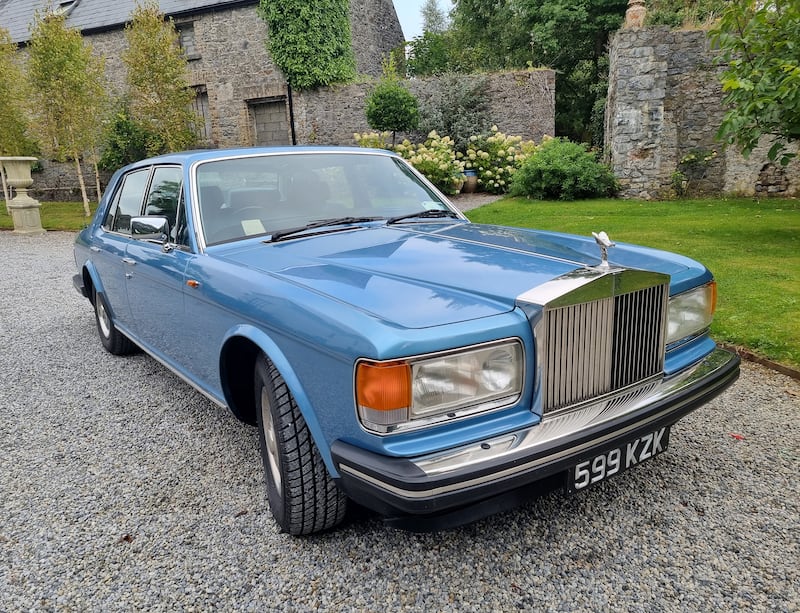
Meanwhile, Sheppard’s Irish Auction House in Durrow, Co Laois will host the elaborately titled The Legacy of the Big House from September 24th-26th.
Michael Sheppard is particularly excited about a collection of 17th and 18th century furniture, artefacts, silver and pictures from an American couple who have lived in west Cork for the past 20 years or so.
“This private collection has been passionately assembled in Ireland, Europe and America,” he says. It includes a bronze model of the winged lion associated with St Mark, who, according to legend, dreamt about an angel in the form of a winged lion while taking refuge from a storm in Venice (estimate: €500-€800). The winged lion of Venice, which stands on a column in St Mark’s Square, later became the symbol of the Italian city.
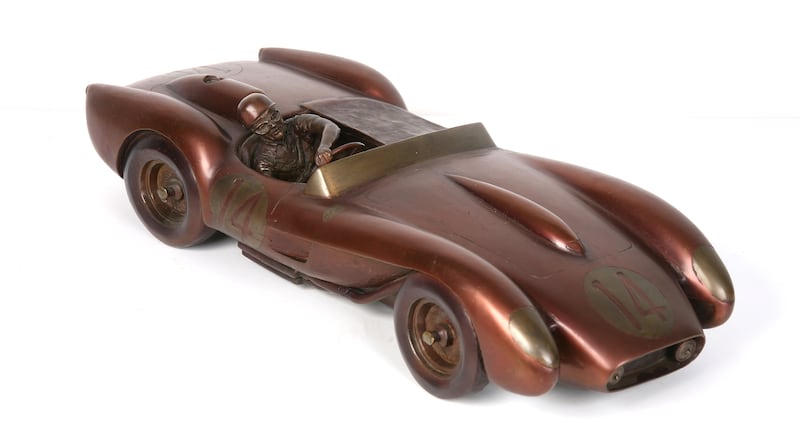
Other curiosities in the Sheppard’s auction include a large bronze sculpture of the Ferrari 250 Testa Rossa (TR) sports car by Gordon Chism. This limited edition of 15 from 1992 has racing car driver Phil Hill at the wheel. Hill won the Sebring International Raceway in Florida in the late 1950s and early 1960s (estimate: €3,000-€5,000).
Meanwhile, a 1984 petrol Rolls-Royce Silver Spirit with 40,000 miles on the dial might be one an enthusiast would convert to electric for future use (estimate: €20,000-€30,000).
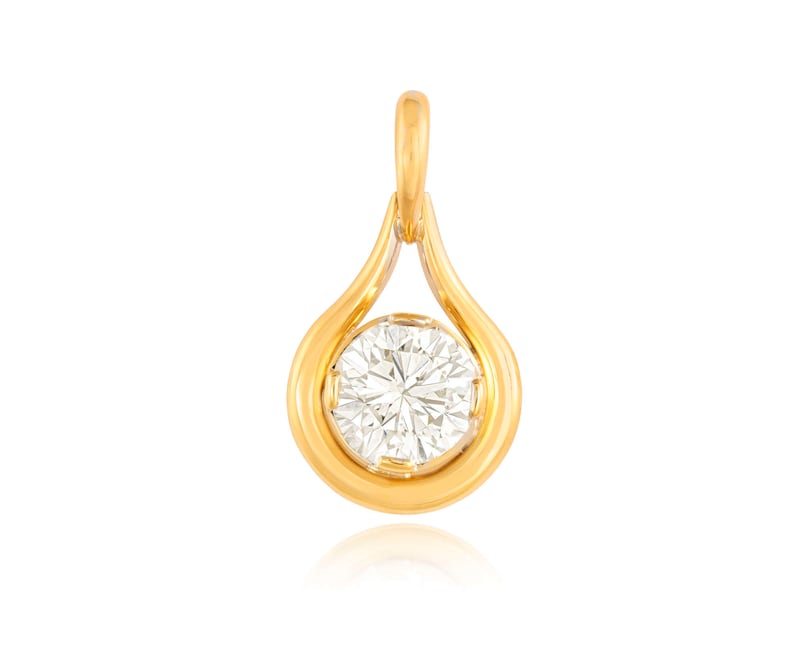
What did it sell for?
Diamond pendant
Estimate: €40,000-€50,000
Hammer price: €38,000
Auction house: Adams
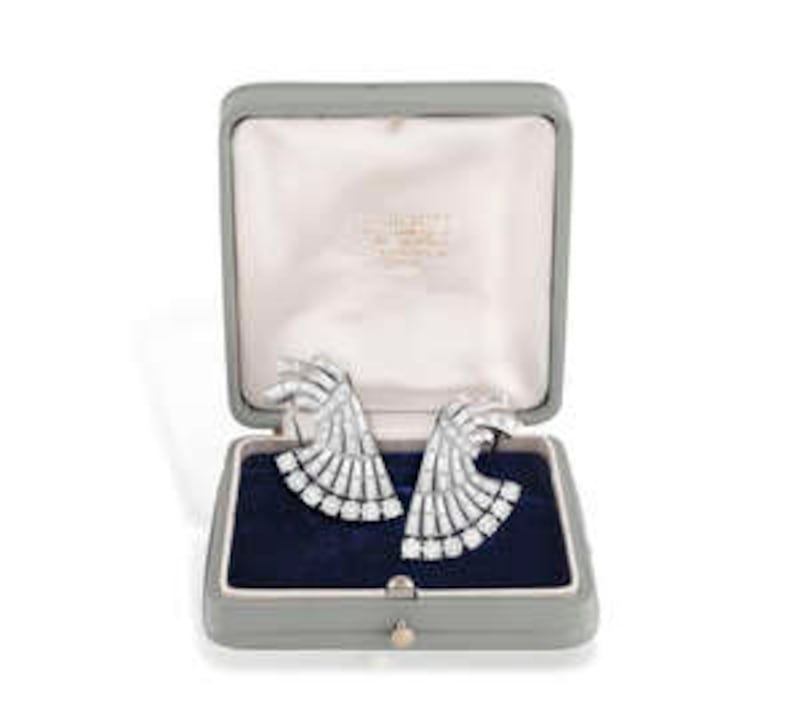
Boucheron brooch
Estimate: €15,000-€20,000
Hammer price: €19,000
Auction house: Adams

Sapphire earrings
Estimate: €4,500-€5,500
Hammer price: Unsold
Auction house: Adams
- Sign up for push alerts and have the best news, analysis and comment delivered directly to your phone
- Join The Irish Times on WhatsApp and stay up to date
- Listen to our Inside Politics podcast for the best political chat and analysis
















